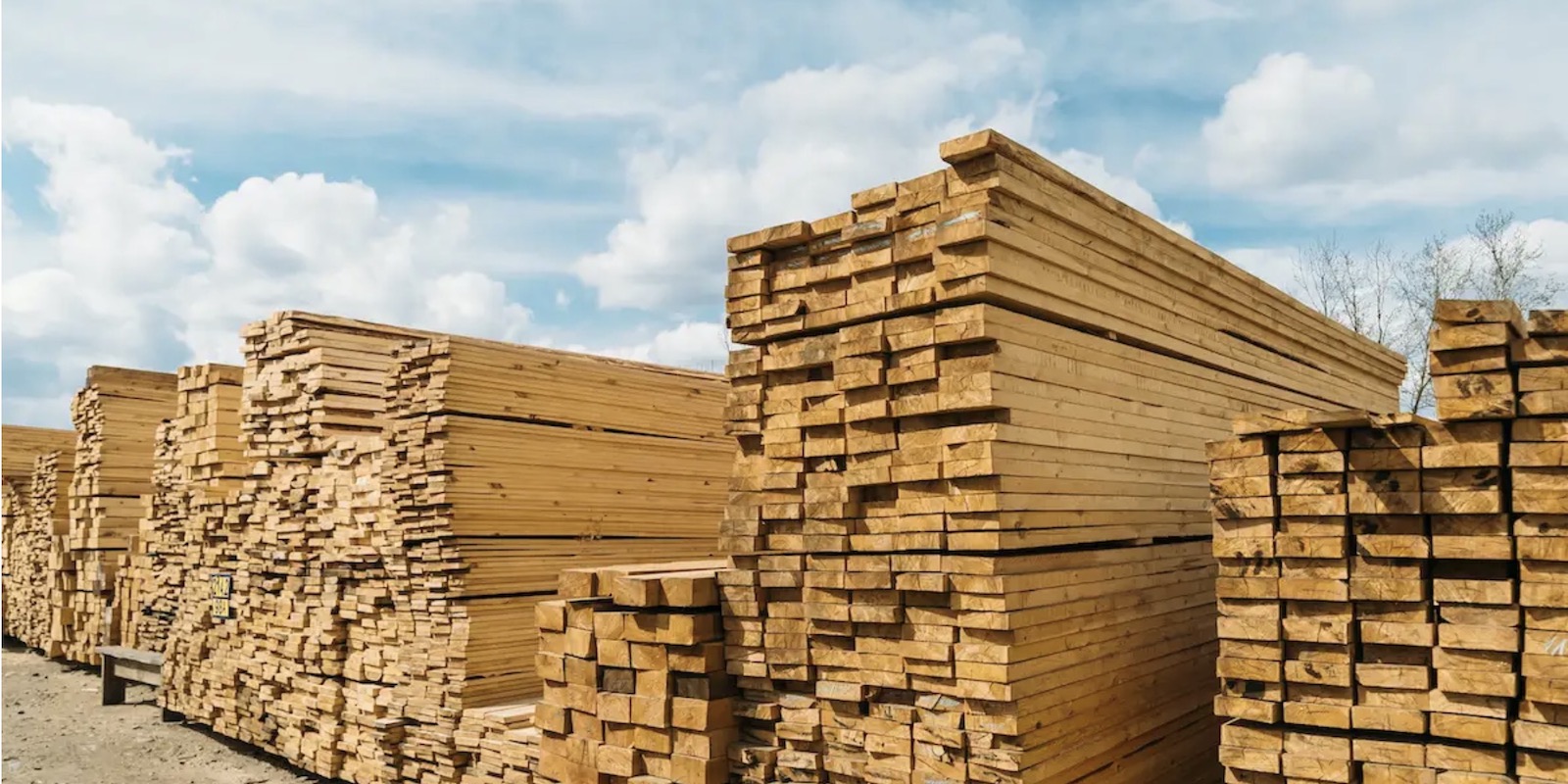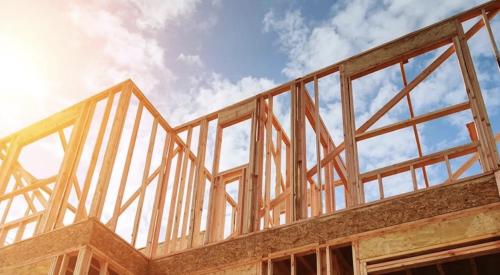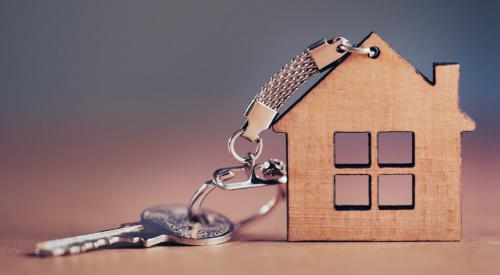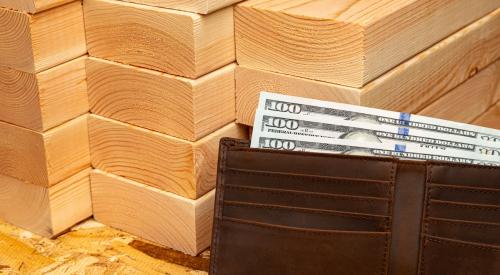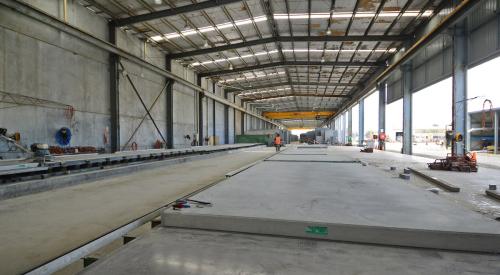The path to today’s all-time high lumber prices began back during the Great Recession and prices are unlikely to see relief until 2022, says John Burns Real Estate Consulting. During the financial crisis, 150 sawmills closed down between 2007 and 2011. Wildfires have burned up thousands of acres of timberland since then, harvesting restrictions have pushed forward to protect habitats, and mills have shut down, all leading up to today. JBREC predicts high lumber prices will continue into 2022, but at a much lower rate. JBREC also reports six mills will be restarting or adding capacity, but it will be six to 18 months before the industry sees any change from those mills.
In the meantime, alternatives emerge. Here are a few on our radar:
- Stamped concrete slab or pavers instead of raised decks: This alternative reduces or eliminates the need for treated lumber, decking, and hardware.
- Concrete block construction: Done right, block-constructed homes are quiet, comfortable, and long-lasting. Block can retain daytime warmth from the sun into the evening, which is great in winter weather conditions.
- Precut or prefab framing: Waste and inefficiency of precious materials can be reduced to minuscule levels with an industrialized approach.
- European lumber: Most estimates show 16%–20% of the lumber supply in the US is coming from Europe. Expect this to continue. The future catalyst for increased lumber imports from Europe will be obtaining the grade stamps in like-kind for North American structural use and substitution.
